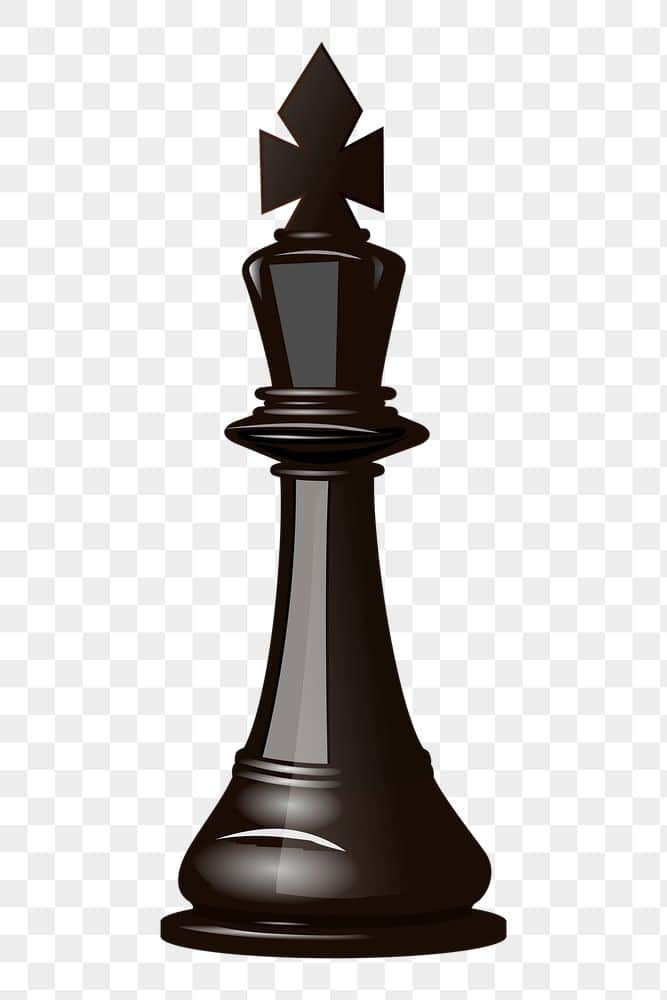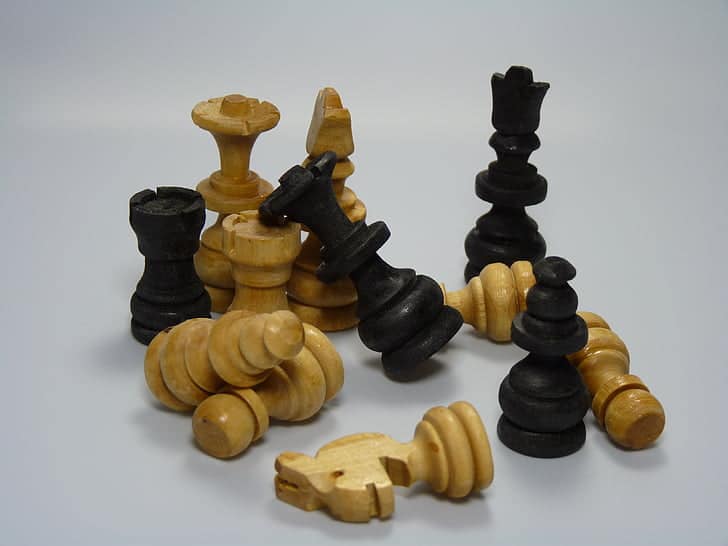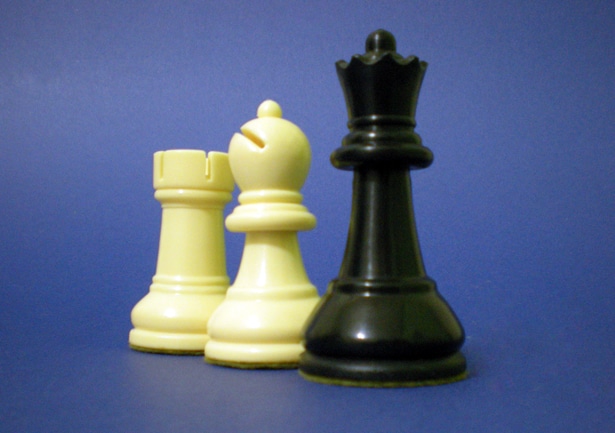Chess is one of the most popular board games in the world. It has been around for centuries and is played by an estimated 600 million people worldwide. Bishop chess is a variation of the traditional game that adds a unique twist. Here we will explore the rules and strategies of this intriguing chess variant.
Bishop chess is played on the same 8×8 board as traditional chess, but the pieces are set up differently. Instead of the queen and king being on the same side, the king is placed on the same side as the bishop and the queen is placed on the opposite side. This creates a more balanced start to the game, as the queen and bishop can immediately move out and control the board.
The rules of Bishop chess are similar to those of traditional chess, but there are a few key differences. The most notable difference is that the bishop can jump over pieces, allowing it to move diagonally across the board. This adds an element of surprise and allows players to set up unexpected traps.
Table of Contents
Bishop chess piece in the game
Bishop chess is a variant of chess where each player starts with two bishops rather than one. The number of pieces is the same as in standard chess, but each player has two bishops of the same color. The game is played on a standard 8×8 chessboard.
The two bishops are placed on opposite colored squares, so that each bishop has access to four different colored squares. The game follows the same rules as standard chess except for the bishops, which have special rules. For example, a bishop can move diagonally as many squares as it wishes and it can jump over other pieces. It also has the ability to move in both directions on the same diagonal. Additionally, it can capture pieces on any of the four diagonals it has access to.
When playing Bishop chess, the two bishops are very powerful pieces and can be used to control the board. They can be used to support each other and to threaten multiple pieces at the same time. It is important to plan ahead and make sure that both bishops are working together to achieve the player’s goals. Bishop chess can be a very exciting and strategic game, and can add an extra layer of complexity to the game of chess.

What is the bishop's role in chess?
The bishop's role in chess is to move along the diagonals. It is the only piece that can move in this way and can therefore reach all of the squares on the board. It can also be used to attack and defend pieces of your own colour as well as those of your opponent. The bishop is an important piece for controlling the centre of the board and for attacking the King.
When the board is open and the pawn structure is symmetrical, the bishops can be very powerful. They can move over long distances and can control many squares at once. The bishop is also very important when trying to attack or defend the King and Queen. In some endgame positions, it may be necessary to sacrifice the bishop in order to checkmate the opponent's King.
The bishop can also be used to pin pieces, which means to prevent them from moving without losing them. A bishop can also be used to block the movement of an enemy piece, which can be useful for defensive purposes. In some situations, it might be necessary to sacrifice the bishop in order to gain a strategic advantage.
Finally, the bishop can be used to defend a position by attacking enemy pieces that are attacking your own pieces. This can be useful if your pieces are under attack and you need to create a diversion. The bishop can also be used to create zugzwang, which is a situation in which one player has no good moves and must move a piece that will lead to a disadvantage.

Why is bishop called bishop chess?
Bishop is called bishop in chess because the chess piece resembles a bishop's hat. The origin of the piece and its name date back to the Persian game known as shatranj, which was played in the 6th century. The piece was known as the “elephant” in shatranj and was the predecessor of the modern bishop. In Europe, the name changed to “bishop” when the game was imported during the 10th century.
The bishop has a unique movement pattern in chess, which is unlike any other piece. It can move in a straight line in any direction, as long as there are no pieces blocking its path. This allows the bishop to control a large area of the board and can be used to attack pieces on the opposite side of the board. This makes the bishop an important piece in the game of chess.
The bishop is also important because it is the only piece in the game that cannot be blocked by any other piece. This means that it can be used to attack and defend effectively, as it can move freely across the board. The bishop also has a special defensive role in the endgame, as it can be used to protect the king and other pieces.
How powerful is the bishop chess?
The bishop chess is one of the pieces in chess that can be very powerful if used correctly. It has the ability to move diagonally across the board, and can be used to attack other pieces or protect your own pieces. The bishop is also very useful in endgames, as it can be used to block the opponent's king and gain a checkmate. In addition, the bishop can be used to control multiple squares at once, and can be used to create strong defensive structures. Overall, the bishop is an important piece in the game of chess, and can be a very powerful tool if used wisely.
A bishop can be used to attack other pieces, either on its own or in combination with other pieces. It can also be used to defend pieces already on the board, and can be used to create strong defensive structures. Furthermore, bishops can be used to gain control of key squares, as well as to create forks, pins, and skewers to gain an advantage. Finally, a bishop can be used to control multiple squares at once, allowing it to affect the whole board.
Overall, the bishop chess is an important piece in the game of chess, and can be a very powerful tool if used wisely. It can be used to attack and defend pieces, as well as to gain control of key squares. Additionally, it can be used to create forks, pins, and skewers to gain an advantage, and can be used to control multiple squares at once. The bishop is therefore a valuable asset and can make or break a game.
Can a bishop chess capture a queen?
Can a bishop capture a queen? Yes, it is possible. In chess, when a bishop is placed on the same diagonal as the queen, the bishop can capture the queen by taking it off the board. This means that the queen is removed from play. The bishop is considered to be a powerful piece due to its ability to move in four directions, making it possible to capture the queen from any angle.
When a bishop captures a queen, it is important to remember that the queen is considered to be the most powerful piece in chess. This means that the player who captures the queen is at a distinct advantage as they now have control of the board.
It is important to also remember that the bishop can only capture the queen if it is on the same diagonal. If the bishop is blocked by another piece, it cannot capture the queen. The bishop can also not capture the queen if it is in the same row or column.
Conclusion about the bishop chess
In conclusion, a bishop can capture a queen if it is on the same diagonal, removing it from the board. This is a powerful move that can give a player a distinct advantage in the game.
Bishop chess is a great game to play if you want to practice your strategy and tactics. It can be played in a few minutes or over a few hours, depending on the level of the players. It is very easy to learn, and can be played with any standard chess set. Players can also choose to play in various formats, such as single, double, or team games.
Bishop chess is a wonderful game to play with friends, family or even online, and can provide hours of enjoyment. It is also a great way to improve your chess skills, as it requires you to think strategically and consider all possible moves. So why not give it a try and get in on the fun?






